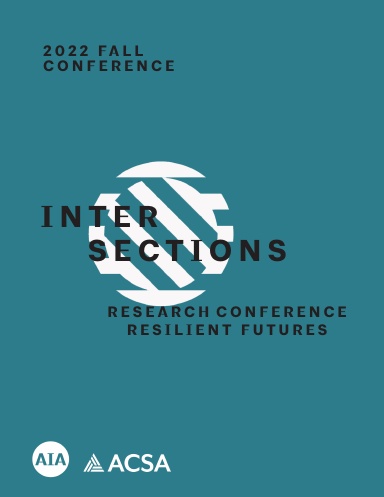Author(s): Maria Luiza Ottoni & Elizabeth C. English
Informal settlements on riverbanks in impoverished Brazilian peripheries have been increasingly suffering from more intense annual urban floods, as in the Roncador River region in Duque de Caxias City. This article proposes a comprehensive solution for flood risk reduction (FRR) through an integrated approach in design. By recognizing water as an ally, this study connects a system of green areas along the river corridor and within the urban fabric with amphibious evolutionary housing as an adaptive solution that protects houses from flood damage. As a low-impact intervention, it prioritizes nature-based strategies and local community practices, fostering local economies to fight gentrification and contributing to building a more equitable future. The methodology identifies the region’s problems and opportunities, followed by a literature review on FRR solutions and incremental housing design strategies. Lastly, two sites were selected to propose the design intervention. As a result, the design applies adaptability strategies on different scales, accepting floods, allowing transformations, and adapting to the local context. The proposed green areas’ system on the watershed scale increases soil permeability and water storage and reduces stormwater runoff. On the housing scale, residents are provided with a low-cost, flexible, and amphibious starter house that is half the potential final house area on safe nearby lands. The design solution promotes economic benefits, as implementing a network of parks improves the land value and generates local sources of employment. The project’s innovation is combining incremental design strategies with amphibious architecture to offer good quality and affordable housing that adapts to floods, empowering marginalized communities to thrive in healthier riverscapes. In addition, this solution could be applied to improve the livelihood of other flood-prone communities in similar informal contexts.
https://doi.org/10.35483/ACSA.AIA.Inter.22.16
Volume Editors
Gail Napell & Stephen Mueller
ISBN
978-1-944214-42-13

 Study Architecture
Study Architecture  ProPEL
ProPEL 
